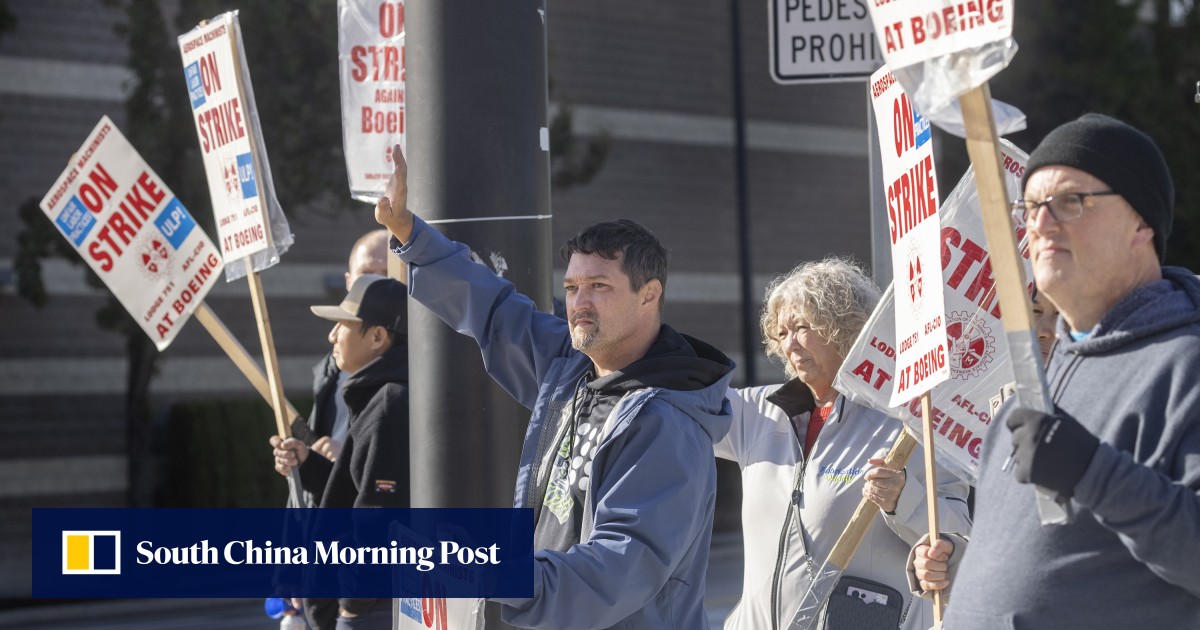Bussiness
Before buying a home, check this hidden financial risk
- The climate crisis is an often-hidden financial risk when buying a house.
- A few online tools can help you assess that risk and possible costs by address.
- Here’s how to check extreme-weather threats to a house and identify upgrades that can help.
If you’re shopping for a house, you’re probably thinking ahead and planning for your future.
Here’s the thing, though: By the end of a 30-year mortgage, you’ll be living on a pretty different planet.
Even if companies and governments across the world make some drastic changes — and that’s a big “if” — humanity’s carbon emissions have already locked in some additional warming for decades to come. That means more intense and sometimes more frequent floods, wildfires, hurricanes, winter storms, and other forms of extreme weather.
You and your house could suffer everything from headaches and declining property value to giant bills and life-threatening events.
That’s why it’s important to take stock of the climate risks your home faces in the coming decades.
It’s impossible to know exactly what will happen, but a few online tools can give you an idea of the risks — as well as the costs you could incur and what you can do about it — depending on which house you buy.
Learn about the possible damages
The most popular real-estate website in the US, Zillow, has a new feature to peer into the potential climate future of each listing.
The new “climate risks” tool shows how many days of extreme heat and unhealthy air quality a property is expected to see over the next 30 years, assuming humanity is on track to stabilize climate change by 2100. The tool also shows the likelihood of more destructive events: floods, wildfires, and windstorms.
Jeff Gritchen/MediaNews Group/Orange County Register via Getty Images
These assessments come from First Street, a former nonprofit that became a for-profit company this year, which uses computer models to quantify certain weather and climate risks for individual properties. First Street says it incorporates a building’s specific structural characteristics, as well as local infrastructure like roads and utilities.
“If you don’t take stock of the climate risk specifically, you could be in over your head,” Jeremy Porter, the head of climate implications research at First Street, told Business Insider.
For example, if the cost of flood or wildfire insurance spikes as it already has in places like Florida and California, “all of a sudden your household budget doesn’t make any sense for the property that you ended up buying,” he said.
The new Zillow tool also makes recommendations about insurance based on First Street’s analysis.
To dive even deeper, you can go to First Street’s website and get a free trial of its paid service, which shows ballpark estimates of how much a flood or fire could cost you, expected cooling costs, and projections of insurance prices. You can also toggle certain renovations to see how they impact those costs.
Remember those estimates aren’t a crystal ball
Climate-science experts outside the company have some reservations about First Street’s flood and wildfire estimates, though.
Michael Wara, a senior research scholar at the Stanford Woods Institute for the Environment, told Heatmap News to take First Street’s calculations with “a lot of grains of salt.”
Heatmap reported that First Street probably underestimates wildfire risk in wildfire-prone areas and that flood risk is very difficult to accurately model. You can try to cross-check flood risk with other sources like seeing if the town or city has flood maps available.
“Everything that we’re offering are probabilistic risk estimates,” Porter said.
“I think that just in general, the models give you a pretty good indication of which properties are riskier than other properties,” he added.
Then check local building codes…
Once you know the climate risks, you can assess how well a property is built to withstand them.
AP Photo/Marta Lavandier
A good indicator of that is the local building code and whether the house is built to its standards. The Federal Alliance for Safe Homes has a tool for checking that at inspecttoprotect.org.
Not only does FLASH rate the local building code, but the tool also shows information about the area’s past natural disasters and suggests upgrades.
… and consider renovations
In the FLASH tool, you can select the year a house was built to see what renovations would strengthen it against different natural disasters. Each upgrade has a cost and impact rating.
Taking matters into your own hands could make a big difference because, according to the Federal Emergency Management Agency, only about one-third of US jurisdictions have adopted up-to-date codes to match their natural hazards.
Even then, building codes are often designed to protect the lives of people inside the house, but not necessarily to prevent expensive property damage.
“You got to at least have a good building code, but that’s a starting point. It’s not your gold standard, it’s your minimum,” Leslie Chapman-Henderson, FLASH’s president and CEO, told BI.
In some cases, renovations and upgrades can even help lower your insurance costs.










